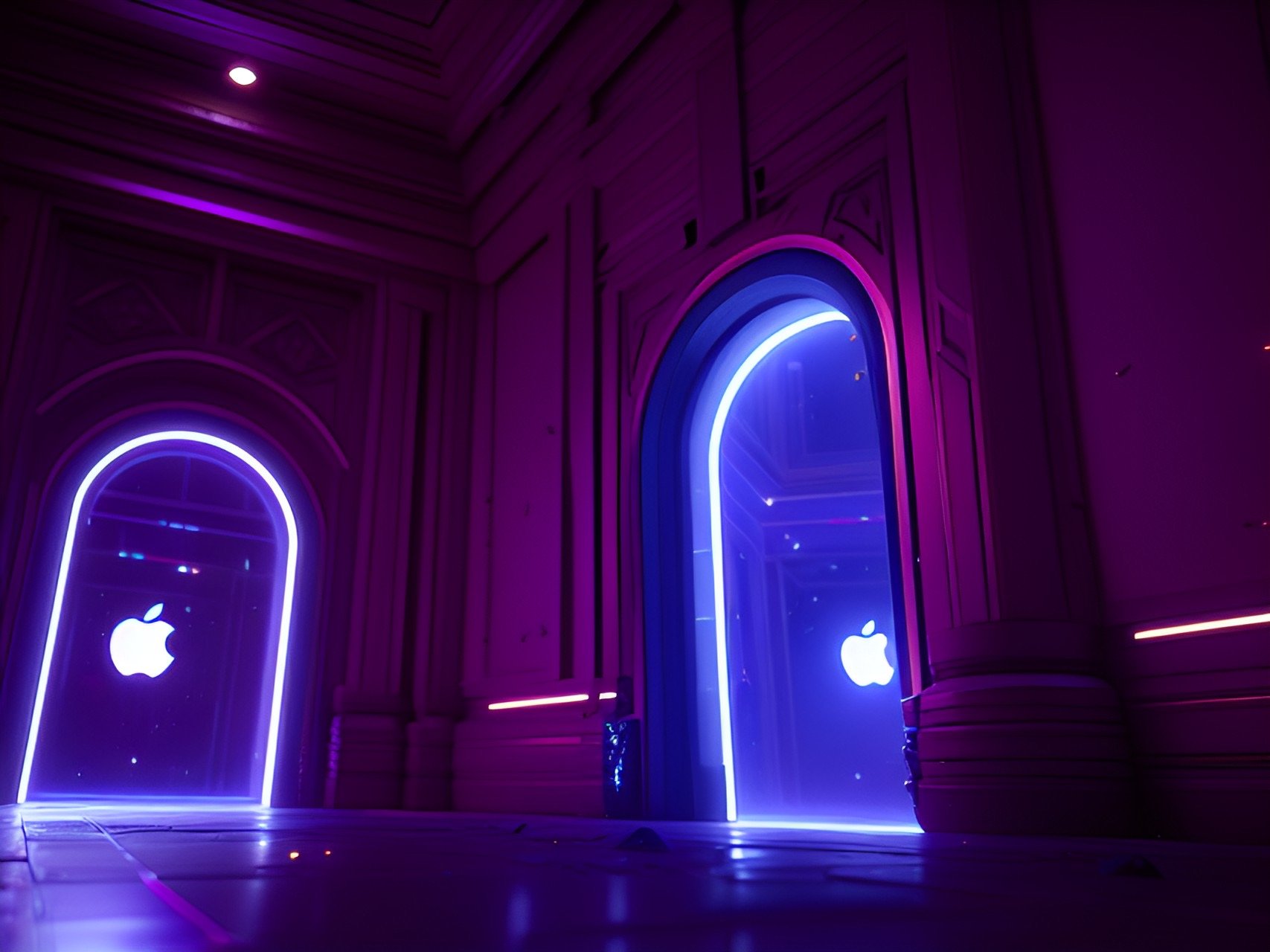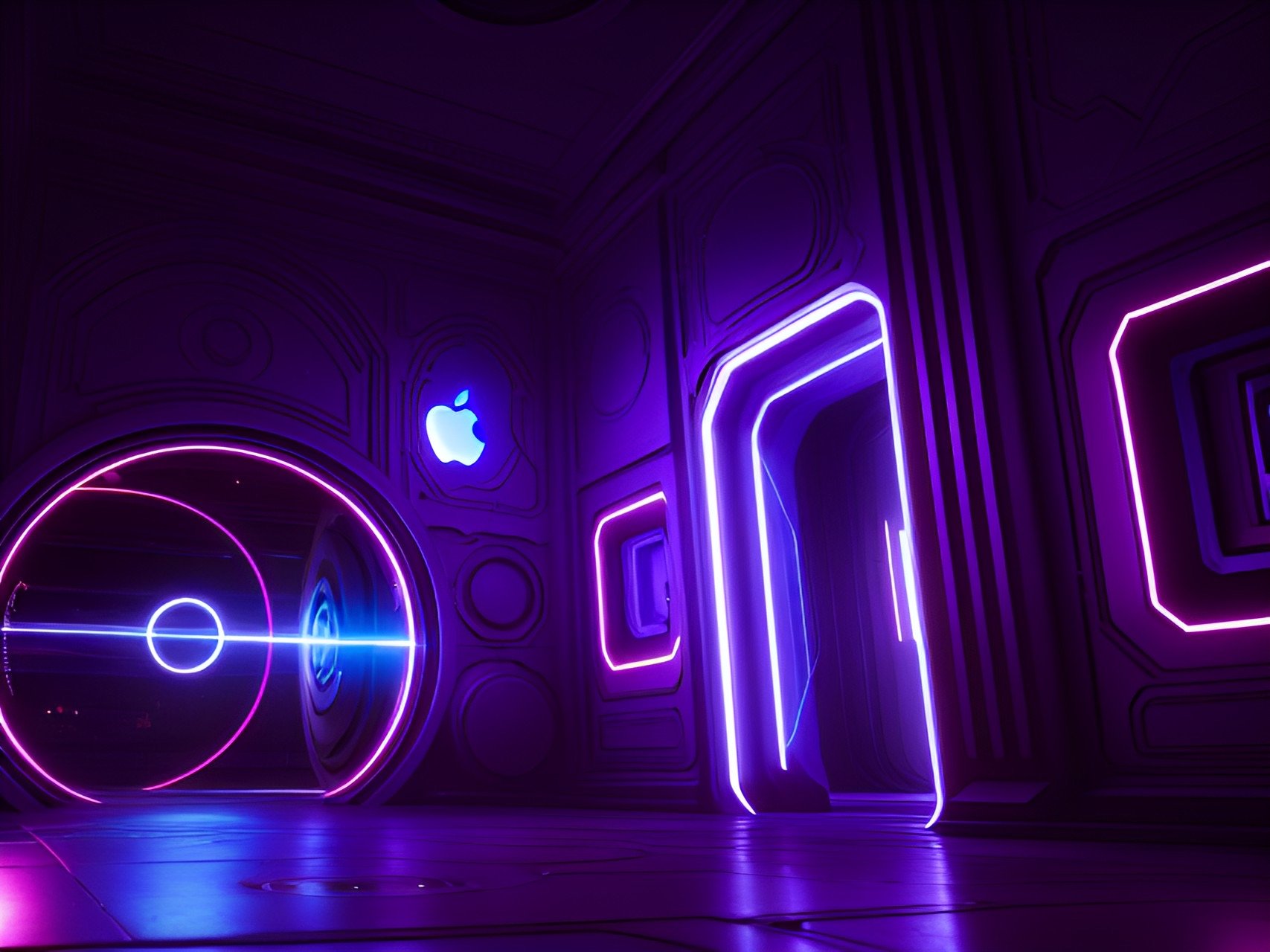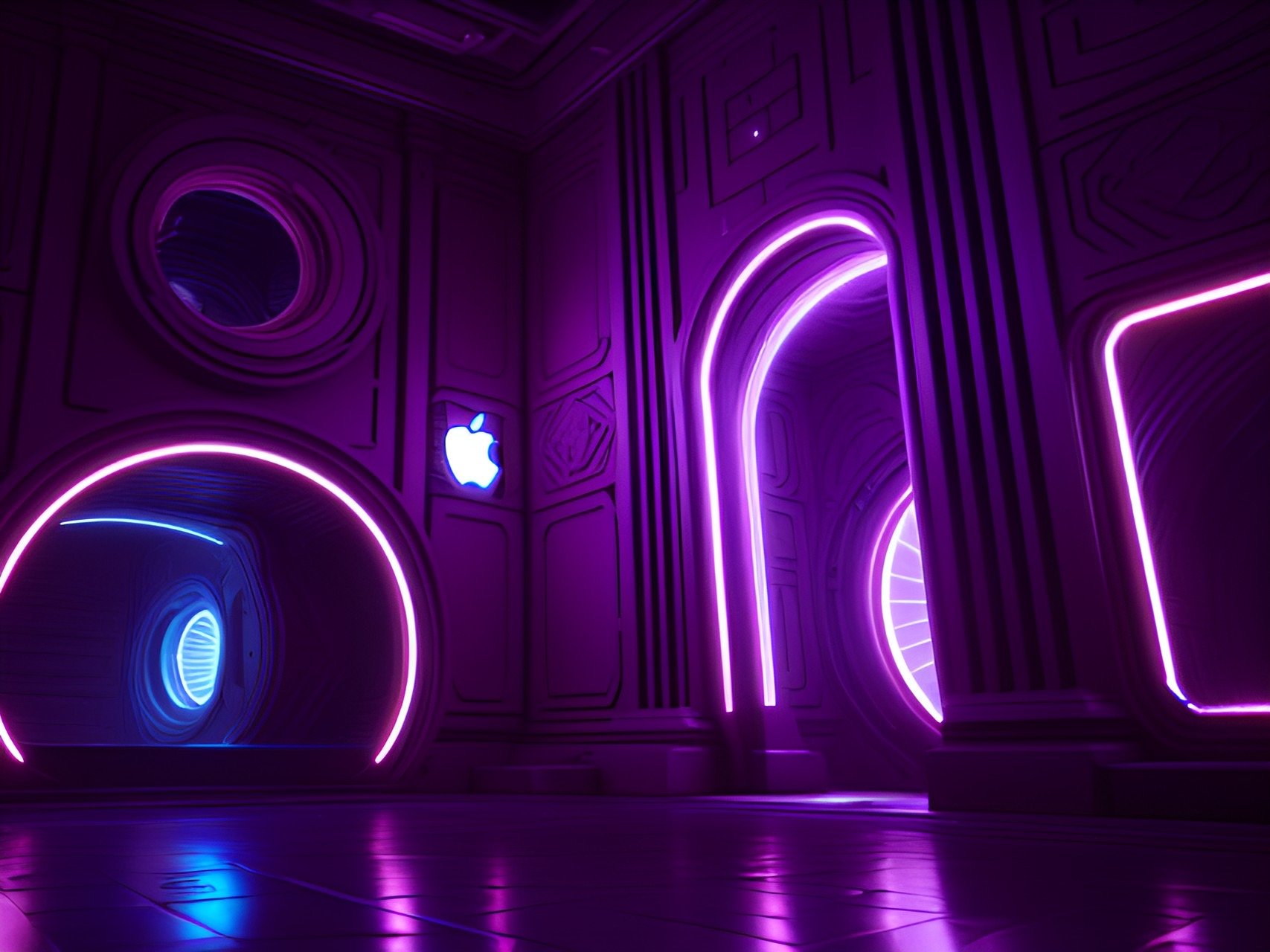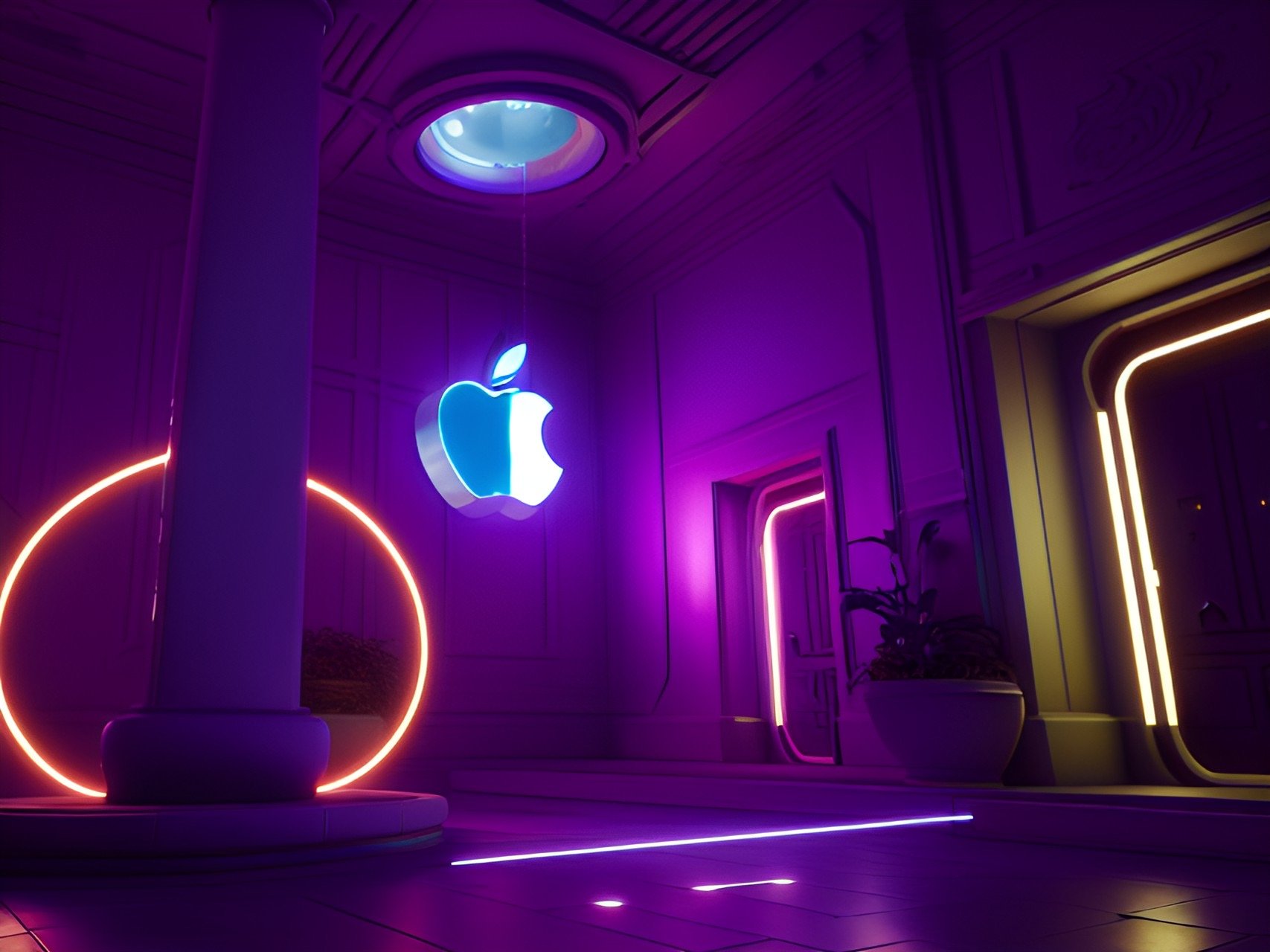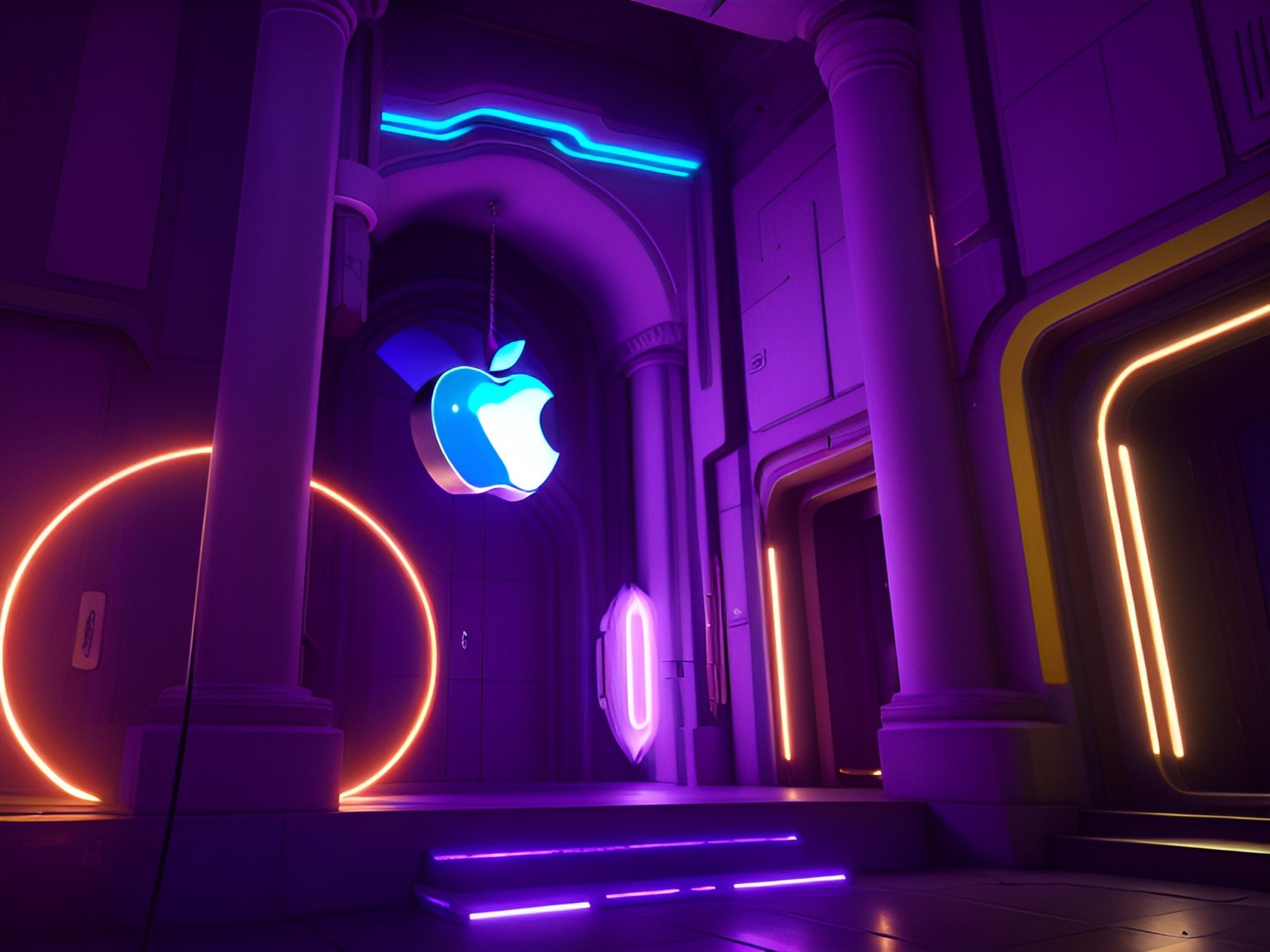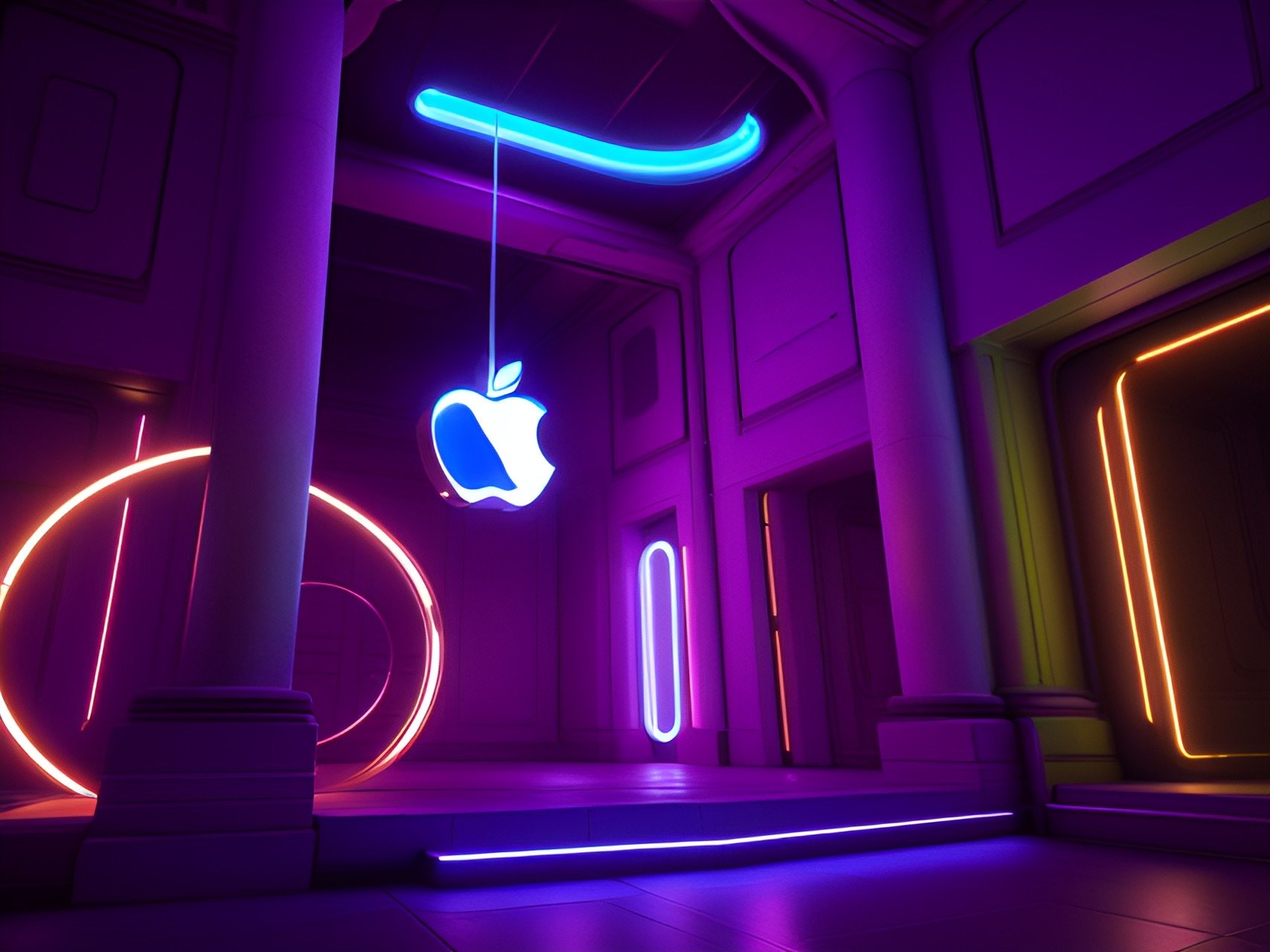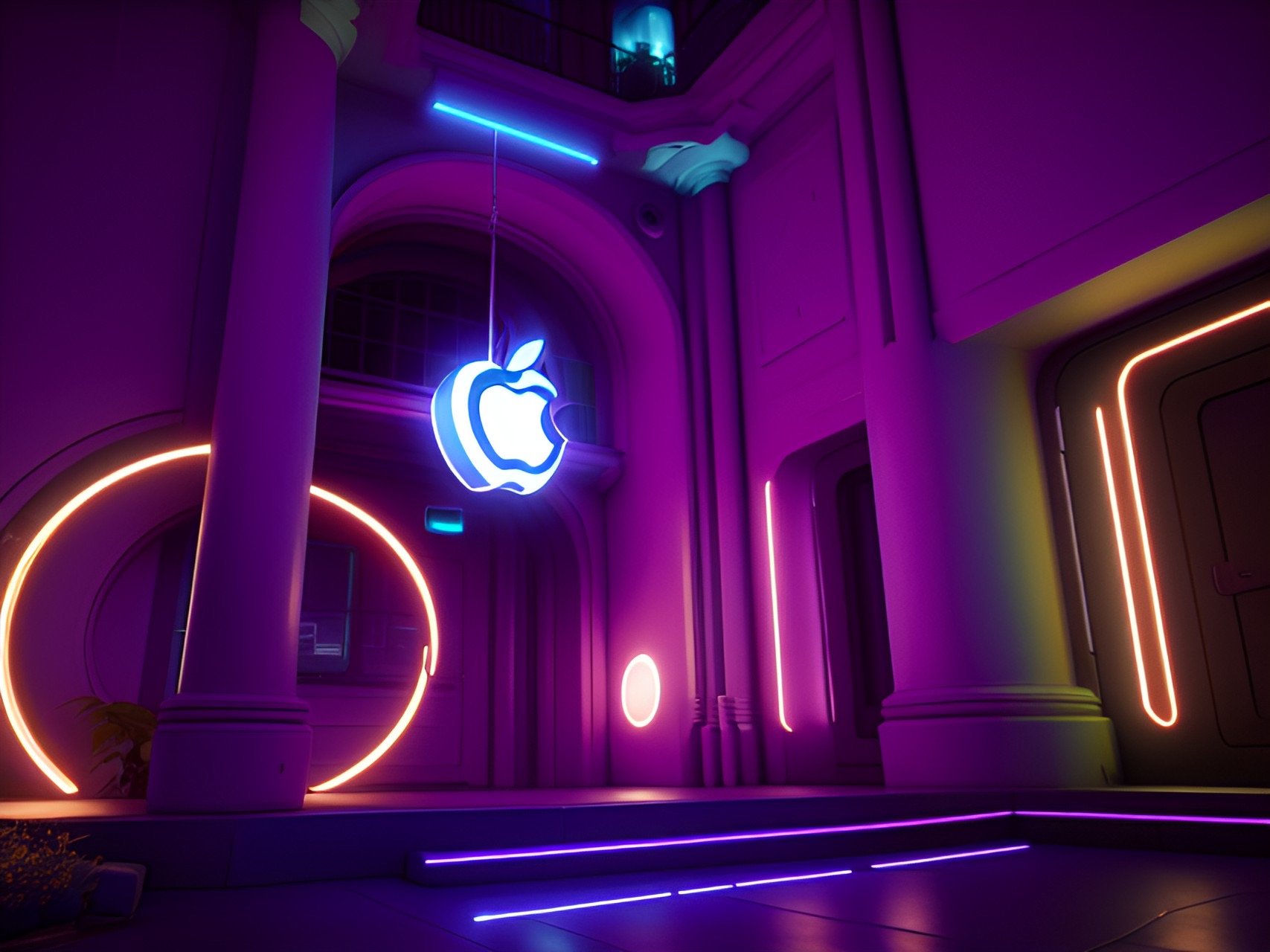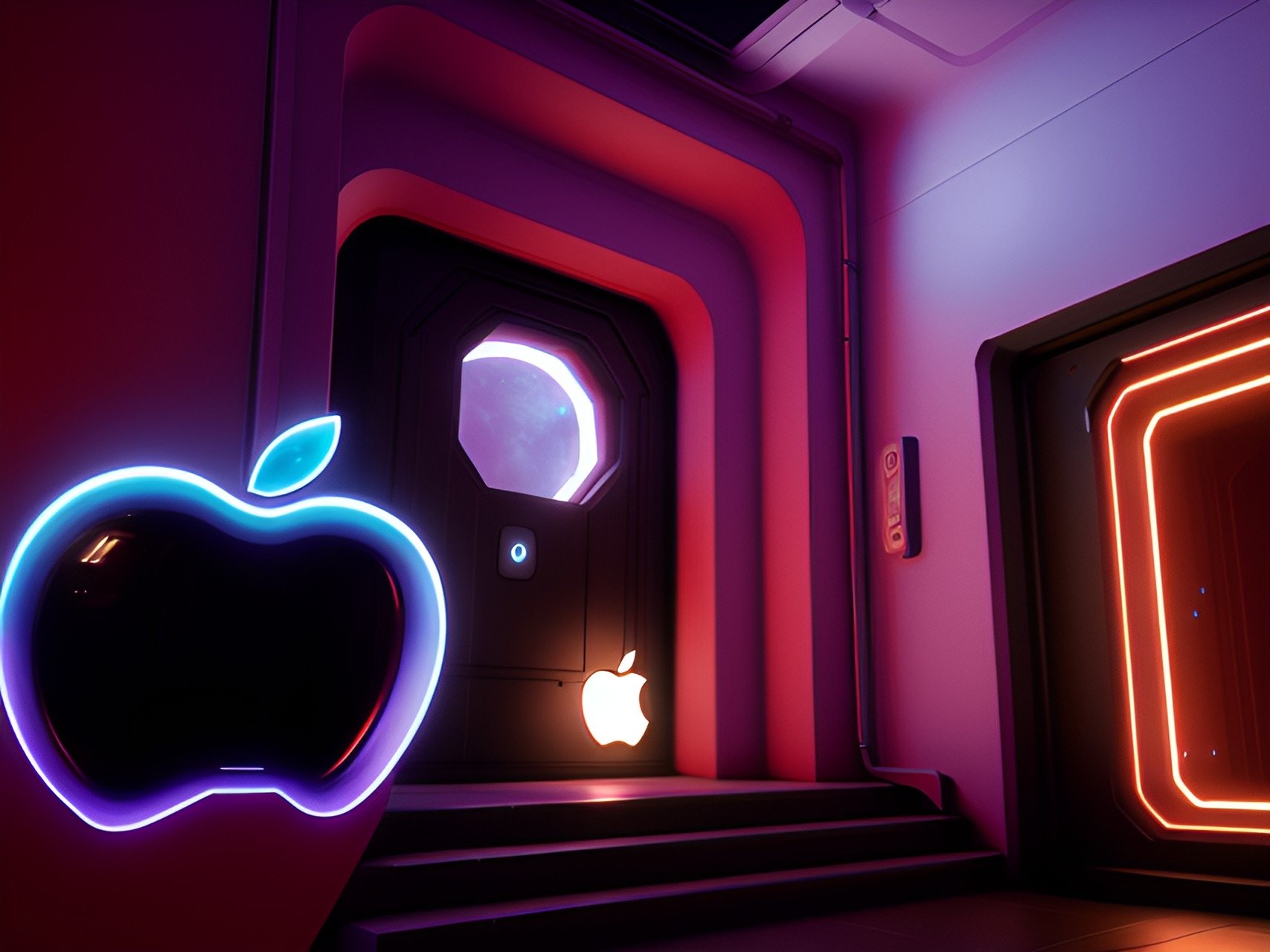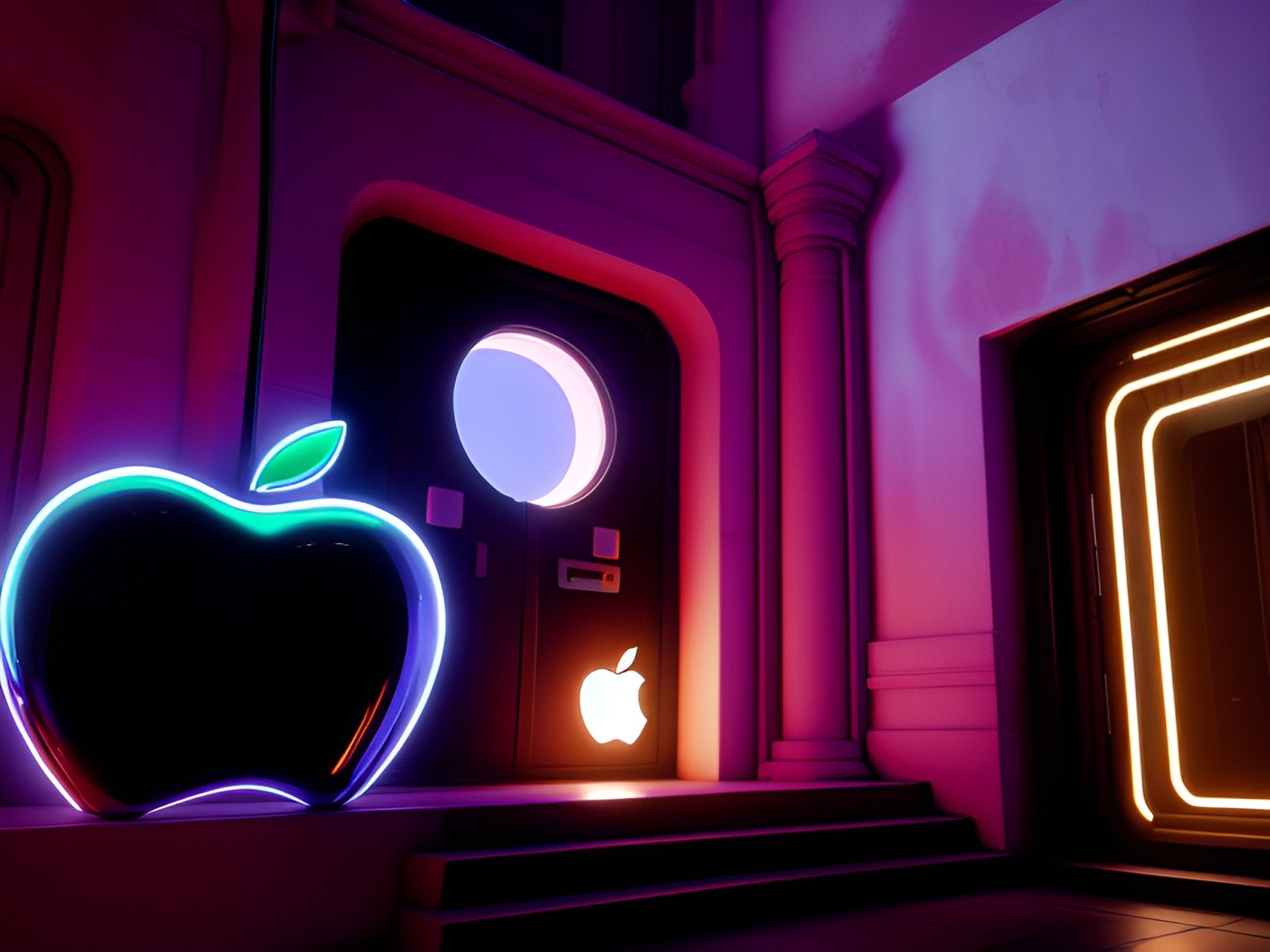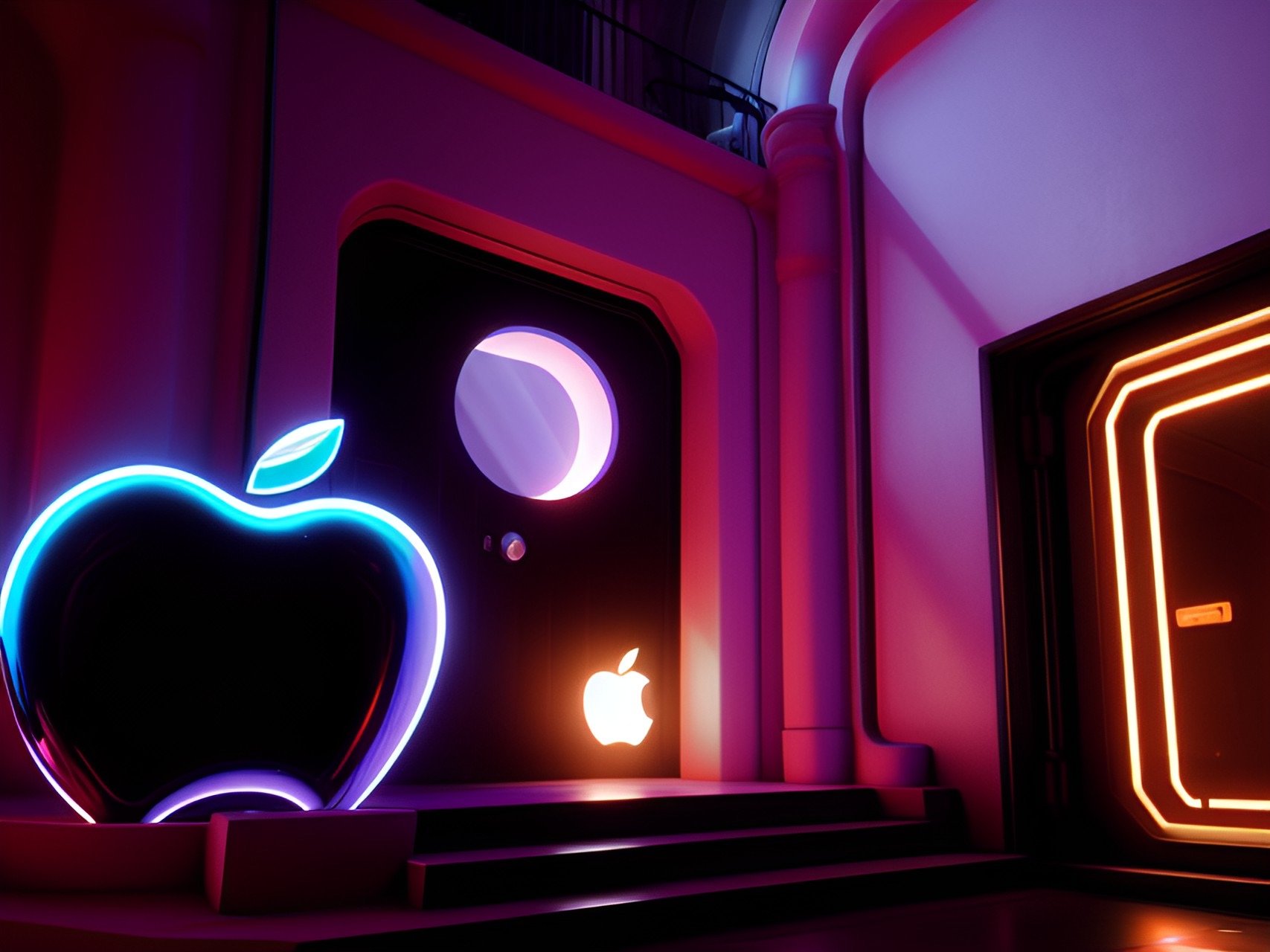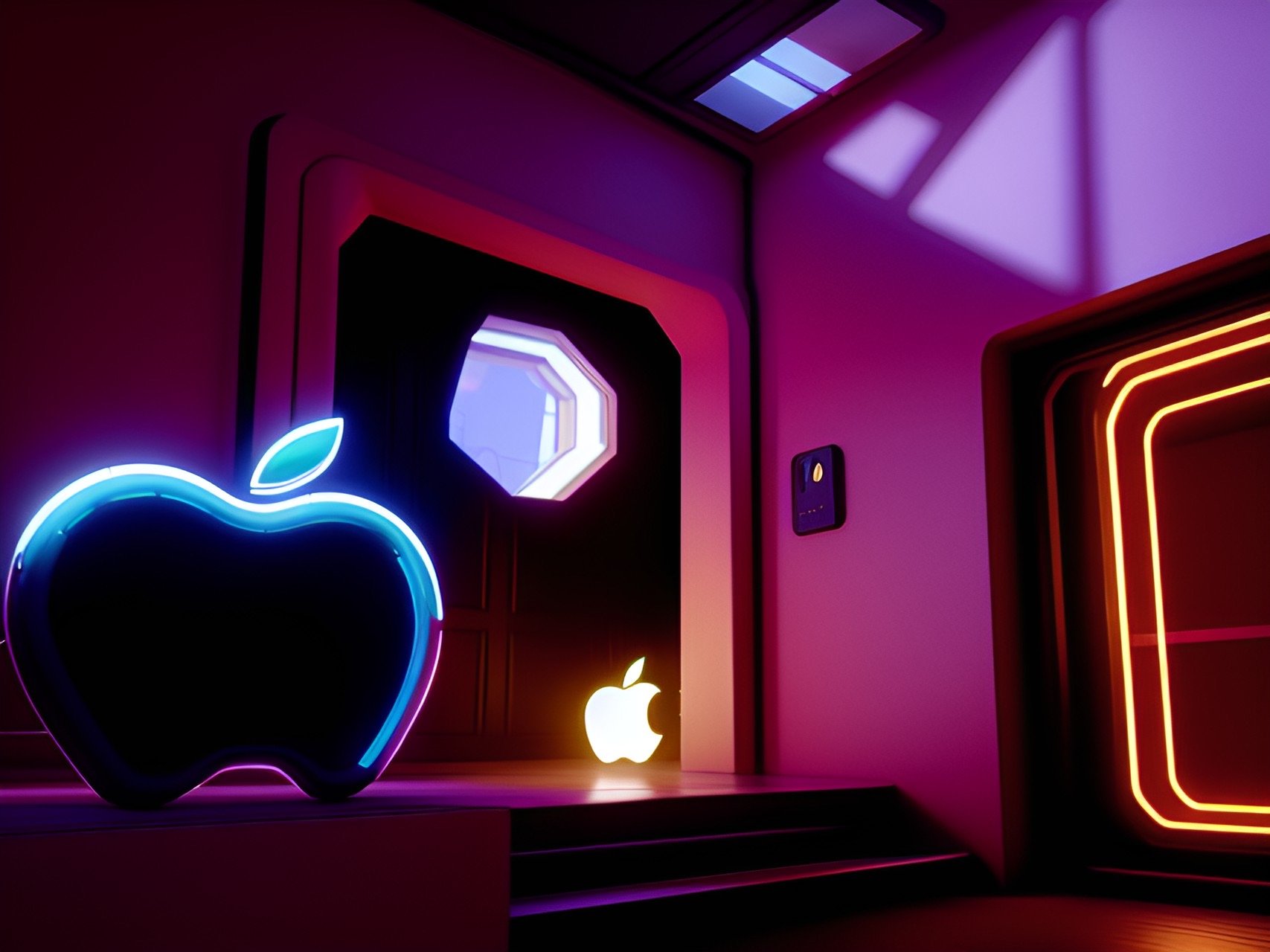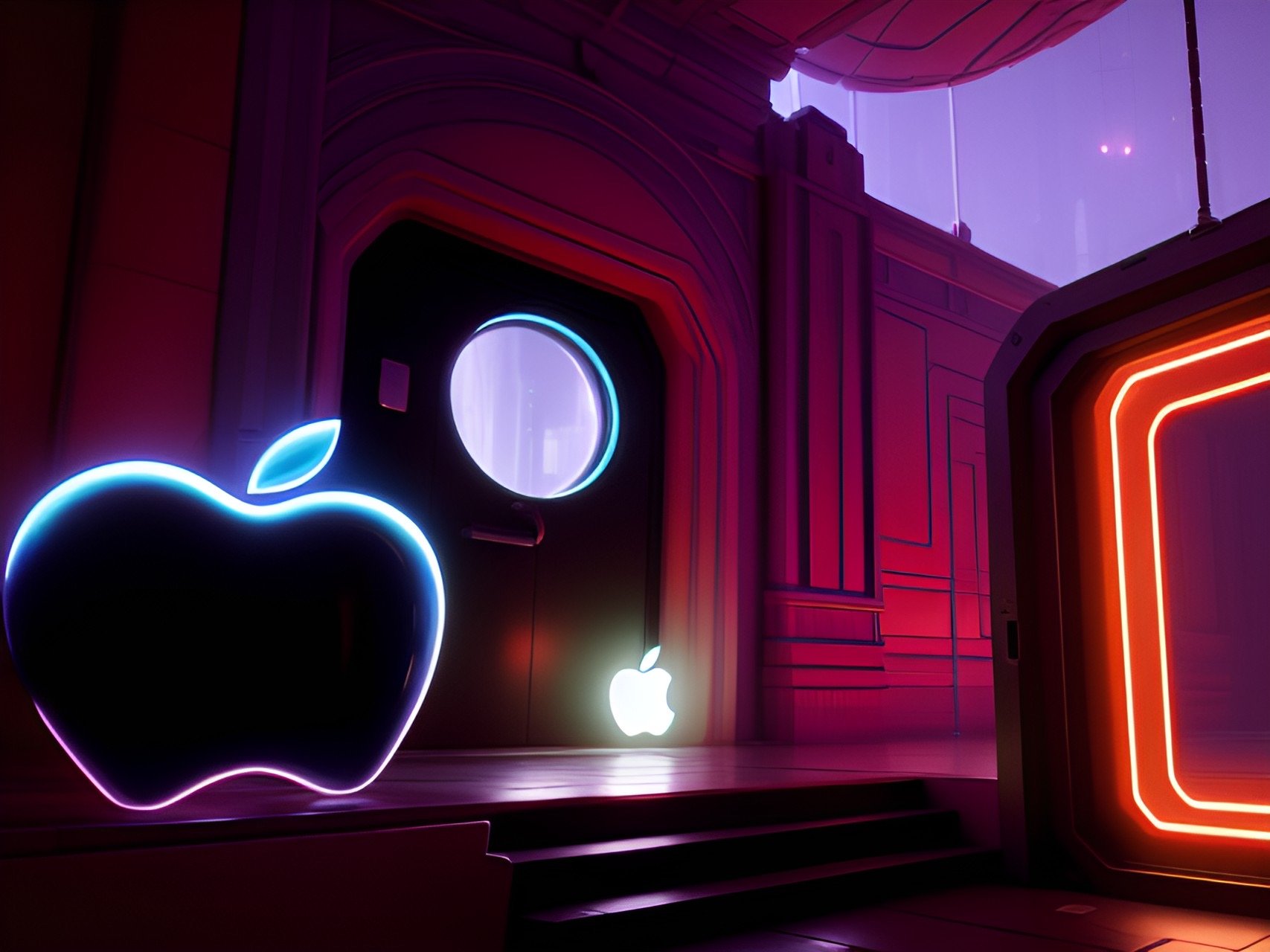Apple Vision Pro: The Future of Interactive, Cognitive Computing
With the advent of Apple's Vision Pro, the boundaries of technology are being stretched beyond what was previously conceived. In this article, we’ll explore the papers behind Vision, what Vision Pro means for accessibility, and some brand opportunities.
In this brave new world, Apple seeks to blend the physical and digital worlds, powered by the latest advancements in AI and underpinned by 5,000 patents and numerous machine learning research papers (over 50 published in 2023 alone).
Vision Pro exemplifies Apple's commitment to revolutionising human-computer interaction.
This device brings together several AI research insights to create an experience that is versatile, personal, and insightful:
- "Actionable Data Insights" and "Open-Domain Knowledge Graphs" enable Vision Pro to understand and adapt to user interactions, providing a personalised and contextualised user experience.
- Leveraging "Robustness in Multimodal Learning", Vision Pro can interpret a broad spectrum of inputs, including voice, gesture, and gaze, delivering a seamless, intuitive interaction experience.
- With "Modeling Spoken Information Queries" and "Speech Recognition", Vision Pro is equipped to understand and accurately respond to spoken commands, facilitating smooth voice interactions.
- "Unconstrained Channel Pruning" ensures optimal device performance, delivering a fast and fluid experience.
- To create a personalised digital avatar, "Naturalistic Head Motion", "Lip Articulation", and "Neural 3D Relightable" are instrumental in offering a visually immersive experience.
- "Collaborative Machine Learning" forms the basis for shared experiences on the platform, fostering a sense of community and collective learning among users.
Explore the history of Immersive Techniques
Preview the gallery, or open the full immersive AR experience from your iPhone or iPad.
Safeguarding Privacy
As a tech giant, Apple has always prioritised user privacy and security, a commitment that Vision Pro upholds. By using "From Privacy to Robustness", "Considerations for Distribution Shift", and "User Perceptions of Technical Improvement", Vision Pro ensures biometric authentication through features like Optic ID is secure and reliable.
Apple Machine Learning Research
A visual journey
Unifying the Apple Ecosystem
Vision Pro brings the power of machine learning to all Apple devices, creating a seamless and connected experience. The device is designed to work harmoniously with Apple's ecosystem - from the new MacBook Air (15-inch) and Mac Studio, powered by the M2 chip, to the latest iOS, iPadOS, MacOS, and WatchOS updates.
With research like "RangeAugment", "High-Throughput Vector", and "MobileBrick", Apple devices deliver optimised performance, whereas "Pre-Trained Model", "Improvements in Embedding", "Self-Supervision in Natural Language", and "Active Learning" ensure a user experience that's more intuitive and efficient.
Nurturing Creativity
Apple introduces Reality Composer Pro and Unity support on Vision Pro, which open new avenues for 3D content creation and rendering. Powered by "GAUDI: A Neural Architect for Immersive 3D Scene Generation" and "Homomorphic Self-Supervised Learning", these tools offer developers the ability to create and share immersive digital experiences. (also see MobileBrick, designed to build structures using LEGO bricks).
Apple's Vision Pro is a testament to the tech giant's vision for the future of computing - a blend of the physical and digital worlds underpinned by advanced machine learning. The device is set to redefine our interaction with technology, taking us on an exciting journey towards an experience that is immersive, intuitive, and deeply personal.
Apple's Vision Pro is a testament to the company's unwavering commitment to accessibility, bridging the gap between technology and people with diverse abilities.
Over the years, Apple's innovative efforts have improved access and significantly enhanced the quality of interaction for all users.
How Accessibility Shaped Vision Pro
The core principle behind Vision Pro is the belief that technology should be accessible to everyone.
Sure, over £3,500 for the first device seems expensive. But compare it to the cost of accessible technology today. It’s remarkably cheap by comparison.
Looking at Vision Pro, there are several features inspired by the inclusive design and accessibility principles that Apple has championed for years:
- Voice Control and Speech Recognition: Building on Apple's existing advancements in voice technology found in Siri and VoiceOver, Vision Pro leverages research in "Modeling Spoken Information Queries" and "Speech Recognition" to allow users to navigate their device using just their voice.
- Gaze Control: Inspired by technologies that assist users with mobility limitations, Vision Pro incorporates "Robustness in Multimodal Learning" to interpret eye movement as a form of input, making the technology more accessible to users with physical disabilities.
- Gesture Recognition: This feature, rooted in universal design principles, allows for more intuitive interactions for everyone and can be particularly beneficial for users with cognitive disabilities. The underlying technology could be drawn from Apple's research into "Actionable Data Insights" and "Open-Domain Knowledge Graphs".
- Real-Time Translations: Drawing on the success of Apple's real-time text (RTT) and sign language interpretation services, Vision Pro could utilise "Machine Translation" and "Joint Speech Transcription" to provide instantaneous translations and transcriptions, bridging language barriers.
Benefits to all of us
The accessibility features in Vision Pro aren't just for individuals with disabilities. They have universal appeal and make the technology more usable and intuitive. For instance, Voice Control can be handy while cooking or driving, and gaze control can offer a hands-free reading experience. These technologies have elevated the overall user experience by creating more ways for people to interact with their devices.
Empowering Brands and Businesses
The accessibility features of Vision Pro offer brands new ways to engage with their audiences. Brands can create immersive and inclusive experiences that everyone can access and enjoy, thus expanding their reach and resonance. Companies can also utilise these features to make their workplaces more inclusive, fostering a culture of diversity and empowering employees with disabilities.
Imagining the Future
The advancements in Vision Pro lay the groundwork for a future where technology is universally accessible. There are endless possibilities for shared experiences, from augmented reality games that can be enjoyed by users of all abilities to remote learning experiences that transcend physical limitations.
The principles of accessibility could spark ideas for innovations we haven't yet imagined, guiding us towards a future where everyone can fully experience the digital world.
Vision Pro, underpinned by Apple's dedication to accessibility, is more than a device—it is a vision for a more inclusive digital world. It embodies the potential of technology to transcend physical and cognitive barriers, creating an interactive experience as diverse as humanity.
Q&A on Brand Opportunities with Vision Pro, Apple Research, and Frameworks
Q1: What is Vision Pro, and how can brands leverage it?
A1: Vision Pro is a conceptual spatial computer developed by Apple that blends the physical and digital worlds. It utilises advanced AI technologies, which brands can leverage to create immersive, personalised consumer experiences. Brands can harness augmented reality (AR), speech recognition, and machine learning algorithms to engage consumers innovatively.
Q2: What tools and frameworks should brands be aware of for building towards the capabilities of Vision Pro?
A2: Brands should familiarise themselves with ARKit for augmented reality development, Core ML for implementing machine learning models, and SwiftUI for building user interfaces. Symphony, a framework highlighted in an Apple research paper, focuses on creating interactive machine-learning interfaces. Brands can use Symphony to create task-specific visualisations and insights, which can be integrated with Vision Pro to create highly personalised consumer experiences. For instance, Symphony could help a fashion brand visualise customer preferences, and Vision Pro could make an AR virtual dressing room. For collaboration, brands can use CloudKit for data sharing across devices.
Q3: How can brands use Vision Pro to create inclusive experiences?
A3: Brands can leverage Vision Pro’s multimodal inputs like voice and gestures, making digital experiences more accessible to people with disabilities. Additionally, brands can use Vision Pro’s AI to tailor content to individual needs, ensuring that experiences are inclusive and cater to a diverse audience.
Q4: What long-term strategies should brands adopt to utilise Vision Pro fully?
A4: Brands should focus on data-driven personalisation and immersive experiences. Engaging with emerging technologies like augmented reality, speech recognition, and machine learning is vital. Long-term, brands should foster a culture of innovation, investing in research and development and upskilling their teams in these technologies.
Q5: What is an example of a unique customer experience that could be created using Vision Pro?
A5: Imagine a retail brand that creates an AR-based virtual store using Vision Pro. Customers who use Vision Pro-enabled devices are transported to a virtual shopping environment. Using Symphony’s data insights, the store would offer personalised recommendations based on the customer’s style preferences and purchase history. Customers could virtually try on clothes and accessories and consult with an AI-based stylist.
Q6: How can brands think inclusively when designing experiences with Vision Pro?
A6*: Brands should consider diversity in their user base. This includes providing options for different languages, accommodating various physical abilities, and ensuring cultural sensitivity. Testing products with diverse user groups and incorporating feedback is vital. Vision Pro’s natural language processing and multimodal capabilities can also tailor experiences to individual needs.
Q7: How can Vision Pro revolutionise how brands conduct business and interact with customers?
A7: Vision Pro can empower brands to blur the lines between physical and digital spaces. Its capabilities can revolutionise customer service, sales, and marketing by providing personalised, engaging, and accessible experiences. From virtual showrooms to AI-driven customer support, Vision Pro can be a game-changer in how brands build customer relationships.
Q8: Are there any considerations brands should take into account regarding data privacy and ethical use of AI with Vision Pro?**
A8: Absolutely; brands must ensure that the data they collect through Vision Pro is handled securely and ethically. Precise consent mechanisms and transparency about data usage are crucial. Brands should also be conscious of the biases that can be built into AI systems and strive for fairness and accountability in their algorithms.
Q9: What future innovations and opportunities can brands anticipate with the evolution of Vision Pro?**
A9: As Vision Pro evolves, brands can anticipate more realistic and interactive augmented reality experiences, more accurate and intuitive AI assistants, and even deeper integration across devices and platforms. This could open opportunities to create global virtual marketplaces, enhance remote collaboration, and establish a more personal connection with consumers through tailored experiences.
Q11: How can brands protect privacy while utilising Vision Pro for spatial computing experiences?
A11: Brands should employ data minimisation techniques to collect only the necessary data. Additionally, they should encrypt data in transit and at rest and implement proper access controls. They must also comply with regional data protection laws like GDPR and inform users transparently about the data collected and why.
Q12: What strategies can brands use to build consumer trust regarding data privacy in spatial computing experiences?
A12: Communication is critical; brands should have a clear and easily accessible privacy policy. They should also offer users control over their data, allowing them to opt out of data collection where possible. Moreover, participating in third-party audits or obtaining privacy certifications can further build consumer trust.
Q13: How can shared experiences in spatial computing be designed to protect user privacy?
A13: When designing shared experiences in spatial computing, it is essential to anonymise user data so that individuals cannot be easily identified. Brands should also allow users to control what information they share within these shared spaces and ensure that data transmitted in real-time is encrypted.
Q14: In the context of Vision Pro, how can brands leverage spatial computing to create shared experiences without compromising data privacy?
A14: Brands can utilise Vision Pro’s capabilities to create shared experiences by using on-device processing, ensuring that sensitive data does not leave the user’s device. Additionally, implementing user-controlled privacy settings that govern data sharing and integrating end-to-end encryption for any data that must be transmitted can help maintain privacy.
Q15: What are the implications of shared experiences in the spatial computing age for brands?
A15: Shared experiences in spatial computing can redefine how brands engage with consumers. Brands can create collaborative and immersive environments, leading to new forms of marketing, customer engagement, and even product development. However, with these possibilities also come data security and privacy responsibilities, and brands must be diligent in respecting user rights and data protection norms.

















































































































































